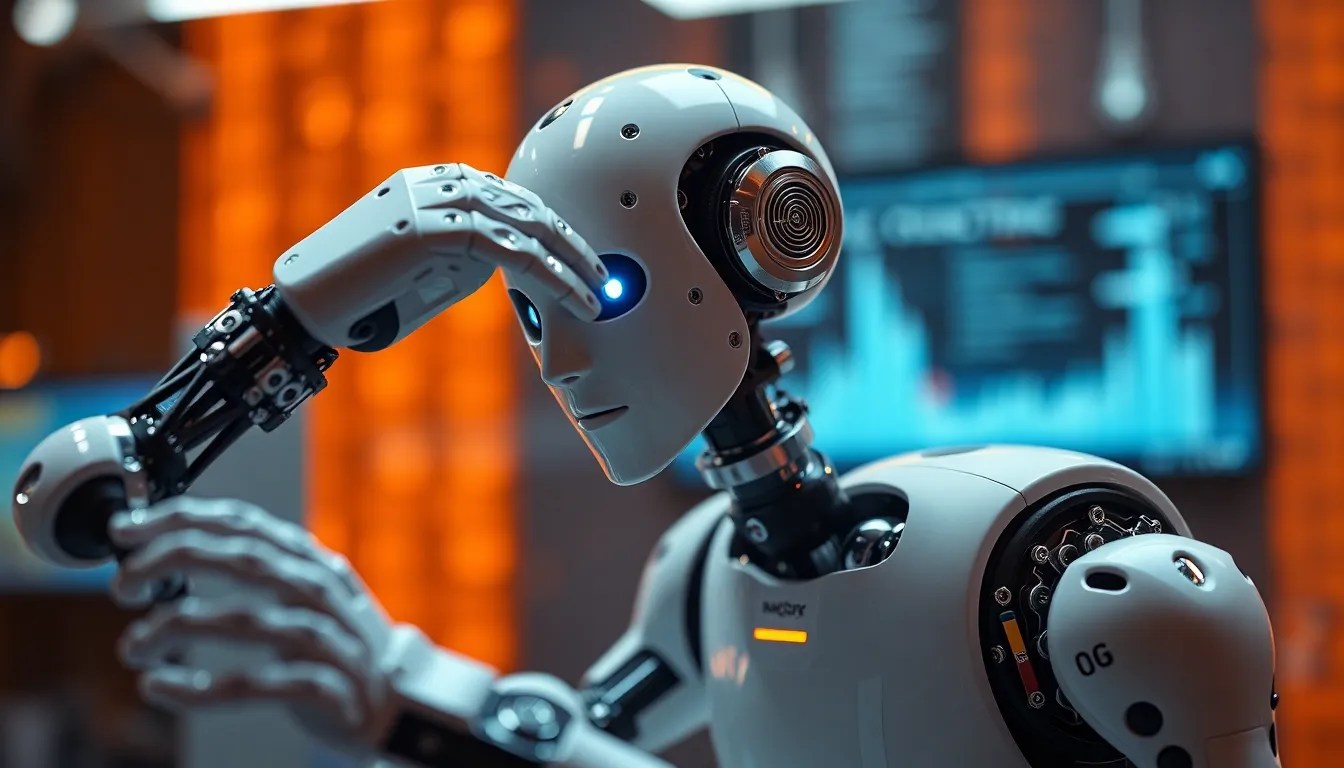How Soft Robotics is Revolutionizing the Way We Approach Data Analysis
I. Introduction to Soft Robotics
Soft robotics is an innovative field that focuses on creating robots from highly flexible materials that can mimic the adaptability of biological organisms. Unlike traditional rigid robots, soft robots can navigate through complex environments, manipulate delicate objects, and interact safely with humans.
The historical context of soft robotics dates back to the early 2000s, when researchers began exploring materials like silicone and hydrogels to create robots that are not only functional but also safe for human interaction. As technology has advanced, soft robotics has gained prominence in various sectors, including healthcare, manufacturing, and environmental monitoring.
In contemporary science and technology, soft robotics plays a crucial role in enhancing human-robot interaction and expanding the possibilities of automation. Its key characteristics, such as flexibility, compliance, and adaptability, make it an essential tool for addressing complex challenges in data analysis.
II. The Intersection of Soft Robotics and Data Analysis
Traditionally, data analysis methods have relied heavily on rigid robotic systems that can be limited by their fixed structures. These systems often encounter challenges when dealing with dynamic environments or delicate tasks that require a nuanced touch.
Rigid robotic systems face several limitations in data collection and analysis, including:
- Lack of adaptability to changing conditions
- Difficulty in handling fragile materials or sensitive data
- Inability to conform to irregular shapes or surfaces
Soft robotics, however, enhances data analysis capabilities by providing a flexible framework that can adapt to various scenarios. These systems can navigate intricate environments, gather data from unconventional sources, and interact with biological entities without the risk of damage.
III. Mechanisms of Soft Robotics in Data Analysis
Soft robotics employs several innovative mechanisms that facilitate effective data analysis:
A. Soft Sensors and Their Applications
Soft sensors are integral to soft robotic systems, enabling them to collect diverse data types, from temperature and pressure to chemical composition. These sensors are designed to be flexible and can be integrated into various surfaces, allowing for a wide range of applications.
B. Adaptive and Flexible Manipulation Techniques
Soft robotic systems utilize adaptive manipulation techniques that allow them to interact with objects of different shapes and sizes. This flexibility is crucial for tasks that require precision, such as medical procedures or environmental sampling.
C. Real-Time Data Collection and Processing
Soft robotics can facilitate real-time data collection and processing, enabling swift decision-making in dynamic environments. This capability is particularly beneficial in fields such as agriculture, where timely data can inform critical actions.
IV. Case Studies: Soft Robotics in Action
Soft robotics has found numerous applications across various industries, showcasing its potential in data analysis:
A. Applications in Environmental Monitoring and Data Collection
Soft robotic systems have been deployed to monitor ecosystems, gather soil samples, and assess environmental health. Their ability to navigate delicate terrains and interact with sensitive habitats allows for comprehensive data collection.
B. Use in Healthcare for Patient Data Analysis and Monitoring
In healthcare, soft robots are revolutionizing patient monitoring. They can gently interact with patients, collect vital signs, and analyze data without causing discomfort, thus improving patient outcomes.
C. Innovations in Manufacturing and Industrial Data Processing
Soft robotics in manufacturing enhances data processing by automating the handling of materials that require a gentle touch. This innovation not only increases efficiency but also ensures quality control through precise manipulation.
V. Challenges and Limitations of Soft Robotics in Data Analysis
Despite its advantages, soft robotics faces several challenges that must be addressed:
A. Technical Challenges: Durability and Reliability
Soft robots often struggle with durability and reliability due to their flexible materials, which may wear out more quickly than traditional rigid systems. Ensuring longevity in harsh environments is a key consideration.
B. Data Integrity and Accuracy Concerns
With the adaptability of soft robots comes the challenge of maintaining data integrity and accuracy. It is crucial to develop robust algorithms that can ensure the reliability of the data collected.
C. Ethical Considerations in Deployment
The deployment of soft robotics raises ethical questions, particularly concerning privacy and consent in data collection. It is essential to establish guidelines that protect individuals’ rights while utilizing these technologies.
VI. Future Prospects: The Next Generation of Soft Robotics
The future of soft robotics is promising, with numerous emerging technologies and innovations on the horizon:
A. Emerging Technologies and Innovations
Advancements in materials science, such as self-healing materials and smart textiles, are expected to enhance the capabilities of soft robots, making them even more effective in data analysis.
B. Predictions for Future Impact
As soft robotics continues to evolve, its impact on data analysis is likely to grow across various industries, from healthcare and environmental science to manufacturing and beyond.
C. Potential for Interdisciplinary Collaboration
The field of soft robotics presents numerous opportunities for interdisciplinary collaboration, bringing together experts from robotics, data science, biology, and ethics to drive innovation.
VII. Integrating Soft Robotics with Artificial Intelligence
The synergy between artificial intelligence (AI) and soft robotics is paving the way for enhanced data analysis:
A. Enhancing Data Analysis
AI algorithms can significantly improve the data processing capabilities of soft robots, enabling them to make real-time decisions based on the data they collect.
B. Use of Machine Learning Algorithms
Machine learning algorithms can be employed to train soft robots to recognize patterns in data, facilitating more effective analysis and interpretation.
C. Real-World Implications
The integration of AI and soft robotics has profound implications for decision-making across industries, leading to smarter, more responsive systems.
VIII. Conclusion
Soft robotics is transforming the landscape of data analysis, offering innovative solutions that enhance adaptability, precision, and real-time processing. As research and development in this field continue to progress, it is essential for stakeholders in technology, business, and academia to embrace soft robotics in their data strategies. The potential for soft robotics to revolutionize how we collect, analyze, and interpret data is immense, making it a vital area for ongoing investment and exploration.



